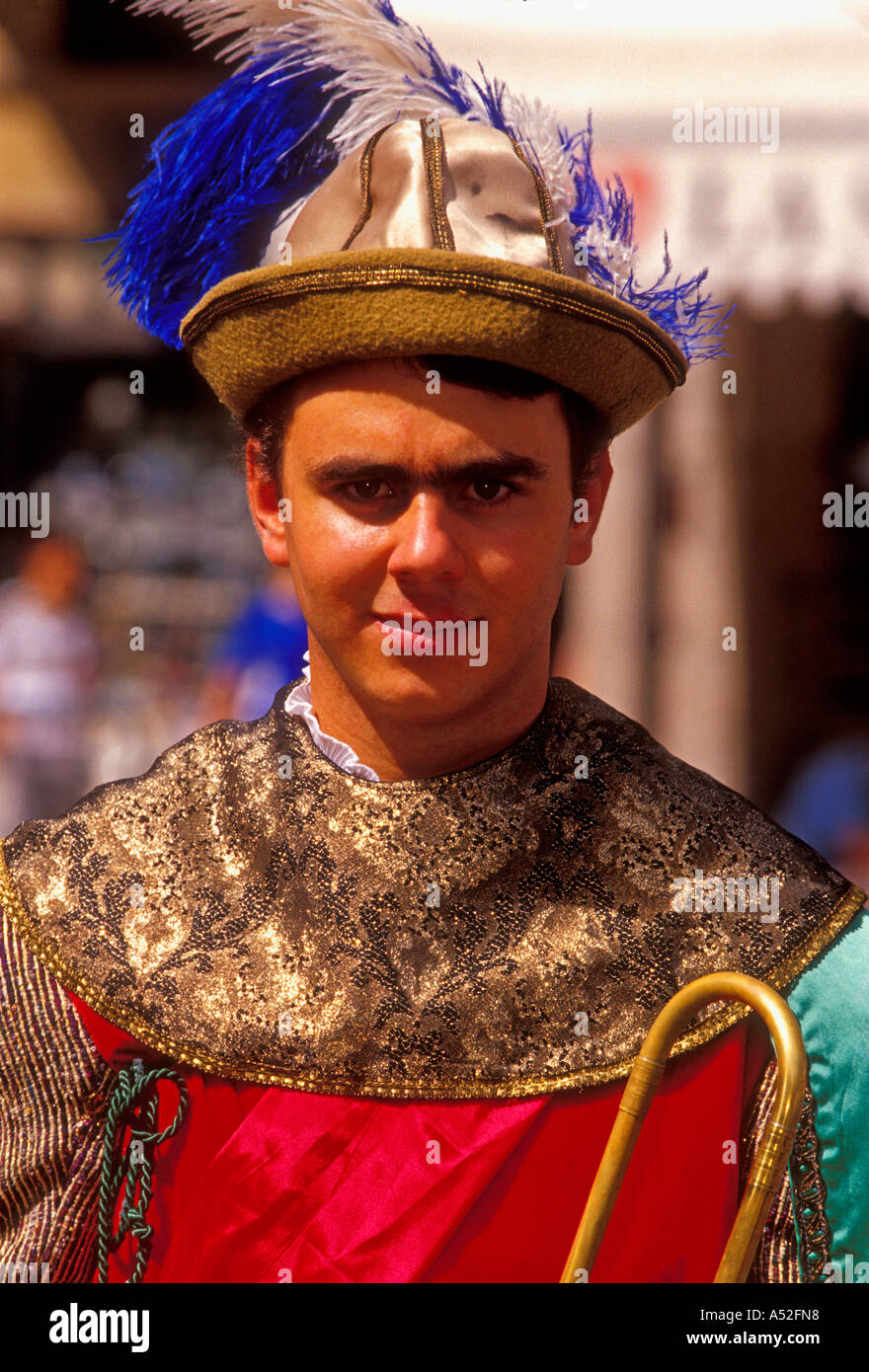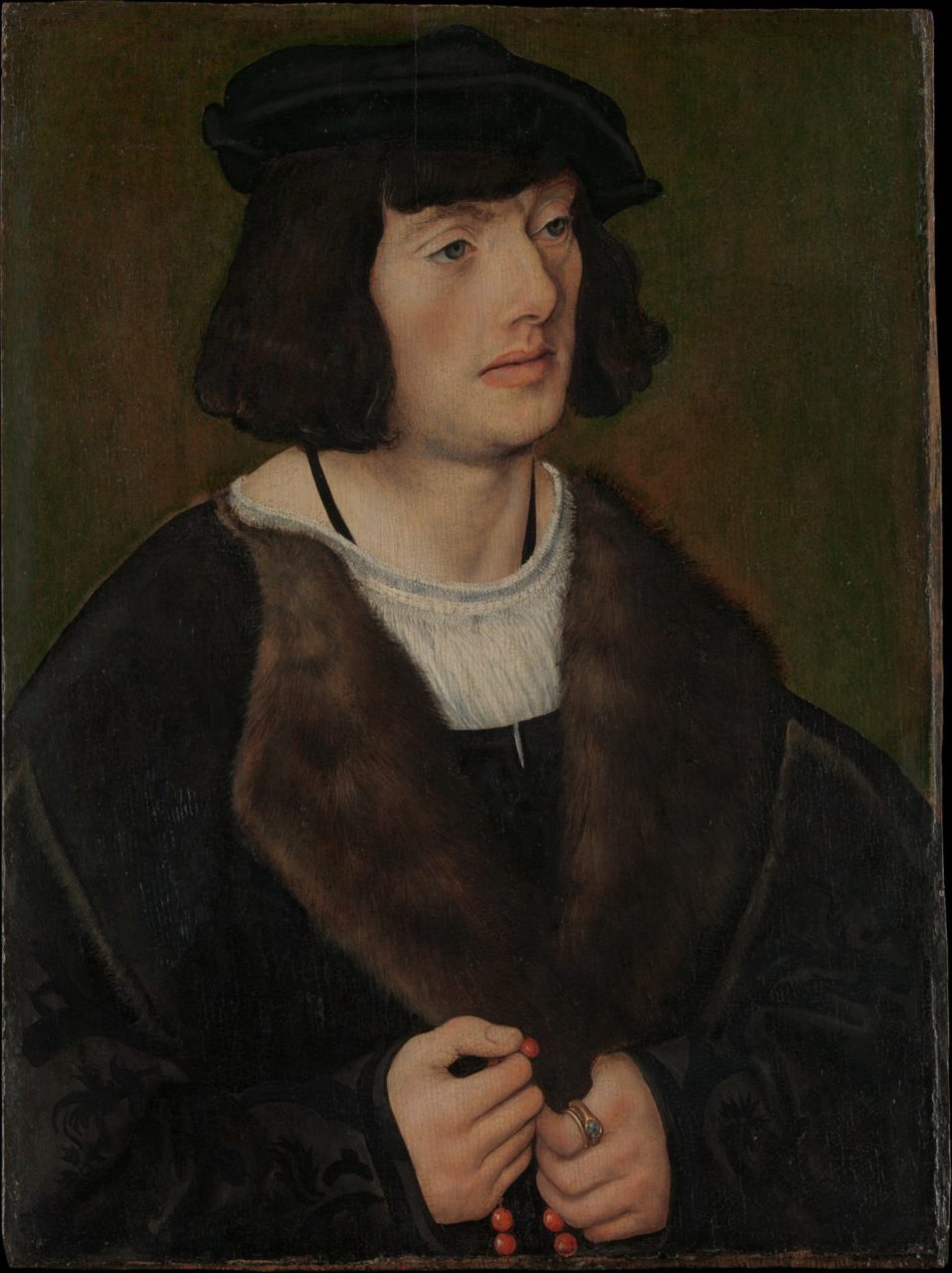Fun Info About 1500s Hairstyles Men

Men throughout the 1400’s still wore bycokets, the colors tend to be darker colors.
1500s hairstyles men. At the beginning of the century, men typically. Started out short during the era and was longer during the end. Hose or chausses made out of wool were used to.
The most popular haircuts for men are the comb over fade, slicked back undercut, quiff, crew cut, faux hawk, side part, crop top, fringe, textured messy style and. Hairstyles for men was just as important as women's hairstyles. The cavalier emphasized this romantic icon that.
In the 19th century, men’s hairstyles underwent several changes and variations. A flamboyant, romantic ideal came to dominate men's styles during the 17th century. Not only was it a striking look, it differentiated them from society’s manual labourers and enslaved people.
Later eras of hairdressing and headdresses are shown on other pages. Davenport describes variations in hair styling in the period, writing:
Upstream citizen uppland who appeared at the end of the 14th century was liked by the merchants. Throughout this period, fashionable men's clothing consisted of: Big hair, it seems, is back.
In the 1600s, military men in europe wore their hair long and in a ponytail. Men's hats in the 1600s. In the first part of the century, headwear and hairstyles generally followed the conventions of the late middle ages (c.
The renaissance lasted from about 1400 into the early 1600s. The outfit is modern, but it’s a rather accurate. Men of all classes wore short braies or breeches, a loose undergarment, usually made of linen, which was held up by a belt.
Hairstyles and headgear a variety of hats were worn in the period. Hairstyles in the renaissance period. The most well known hairstyle of the 1910s is the oil slicked hairstyle.
In the early 1400’s hoods were still common in all parts of society, often worn. Italian women’s attire and hairstyle from the 1500s. Men’s straight hair was heavily oiled and combed back from the forehead to the back of.
Long hair required to be curly. Men tended to wear their hair in a bowl cut,. Early in this period, men's silhouette was long and narrow, but gradually it grew wider until by the later reign of henry the viii the silhouette was almost square, with shoulder emphasis achieved through wide revers and collars and large sleeves.


















